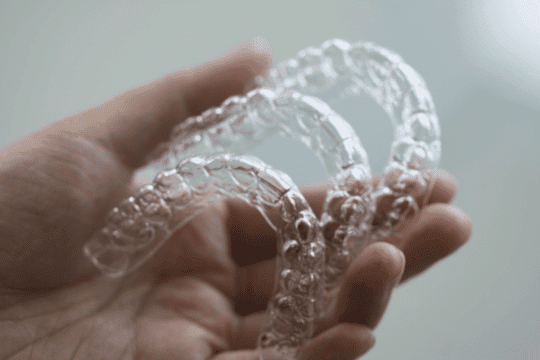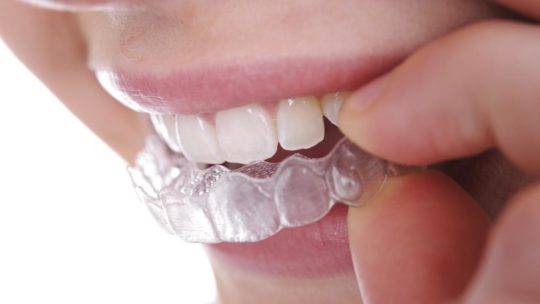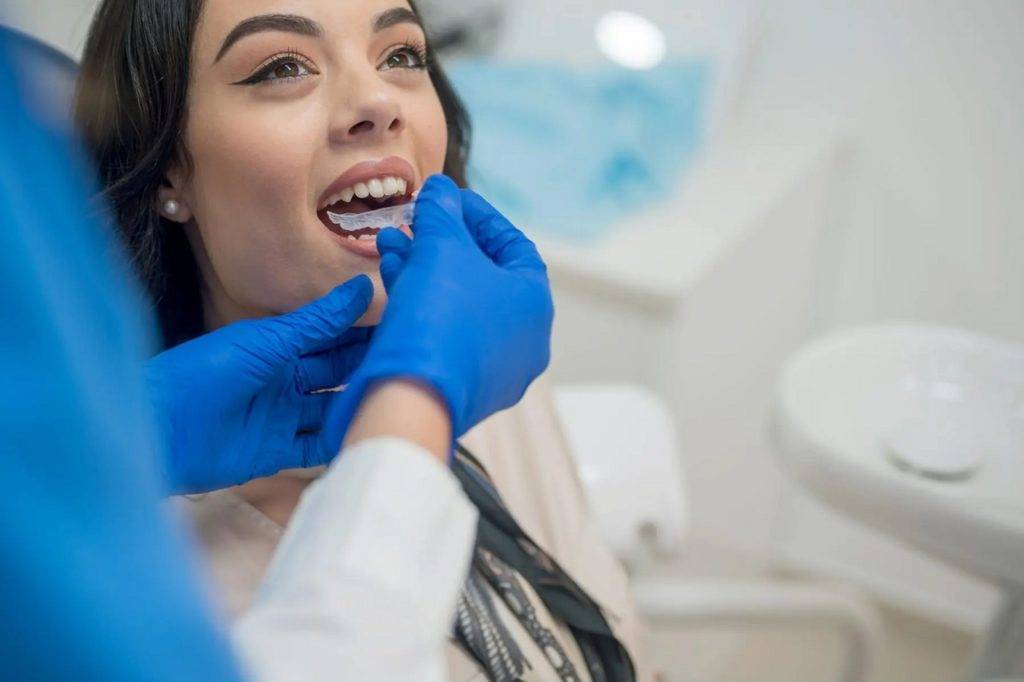We often cringe about metal braces. Clear aligners or invisible braces are becoming increasingly popular due to their aesthetics, convenience, and comfort compared to conventional braces.
An ideal choice for people with healthy teeth and gums, clear aligners are usually preferred by teenagers and young adults who are highly conscious about their appearance.
Though the fundamental principle of clear aligners and traditional braces is nearly identical, aligners move teeth slightly differently. Though clear aligners seem too good to be true, they are a reality. However, they have some limitations that may need your orthodontist’s hybrid approach.
Let’s understand more about them!
Limitations of Clear Aligners

Aligners are a great option for mild to moderate tooth alignment cases and are proficient in treating irregularities like spacing, crowding, protrusions, etc.
To begin your aligner treatment, your orthodontist will take a few measurements, bite records and x-rays to devise a treatment plan. If you are looking for clear aligners, your orthodontist will send your records to the aligner company, where your entire treatment is simulated using advanced software. Only after your doctor and you approve of the plan the aligners are custom-fabricated and dispatched to you.
Despite the immaculate planning done before beginning clear aligner treatment, you and your orthodontist may hit a few roadblocks during your journey that can only be bypassed using fixed braces treatment.
In such cases, your orthodontist will use a hybrid approach and use fixed braces and clear aligners to give you the most effective results while ensuring aesthetics, comfort and convenience throughout.
This hybrid approach that brings the best of both worlds of orthodontic treatment to you is being studied and used in real-time by many experienced practitioners.
A Hybrid Approach is Always a Win-Win!

A hybrid approach in orthodontics uses clear aligners with fixed braces options to provide patients with effective treatment and a stunning smile they can flaunt. A hybrid approach has benefits overusing any one form of braces, and these are:
- Reduced treatment duration
- Better ability and efficiency in managing unpredictable teeth movements
- Cost-effective
- More comprehensive application and the ability to use in most patients
Here are some clinical situations where a hybrid approach is extremely helpful!
De-rotation of teeth
Rotated teeth are challenging to treat, especially for clear aligners. If a patient has several teeth rotated teeth, clear aligners are not recommended as they bring about slow de-rotations, and such teeth tend to relapse.
A hybrid approach using fixed braces followed by clear aligner treatment for de-rotation cases. Your orthodontist will usually place a fixed appliance on the tongue-side or front surface of the teeth, making teeth movements more predictable.
Transverse expansions
Orthodontic treatment doesn’t just involve teeth movement, but jaw alignment is needed in some people. However, clear aligners can only enable teeth movement, making them unsuitable for complex cases that require transverse expansions of the palate.
Using a hybrid approach works in these cases where a fixed palatal expander is used to expand the upper jaw, followed by a clear aligner treatment for teeth alignment.
Class II and III cases
Class II cases in orthodontics are those in which the upper teeth are forwardly placed with respect to the lower teeth by more than 2.5 mm. Class III cases are characterised by a forwardly placed lower jaw with respect to the upper.
Using clear aligners to treat class II and III cases is challenging and take a long time. To quicken the treatment and make the movement of teeth more efficient, a hybrid approach during which braces are used for a short period to bring about more significant movement with fixed appliances and elastics, followed by clear aligner treatment. The orthodontist will find the most suitable hybrid approach for these cases.
To enable vertical tooth movement
Teeth alignment does not always include horizontal movement. In many people, teeth need to be moved into the jaw vertically to align the bite plane. Clear aligners are not very efficient in performing such vertical movements, and these cases are ideal for a hybrid approach.
Key Takeaway!
Dentistry is evolving, and orthodontics is one of the most advanced fields. Clear aligners are a winner when it comes to providing the best quality of teeth alignment as they allow people to flaunt a beautiful smile even during their orthodontic treatment.
Some cases are challenging to treat using only clear aligners, but deploying a hybrid approach eliminates the limitations of clear aligners, empowers orthodontists to tackle unpredictable tooth movements and ensures patients get the desired smile results.










